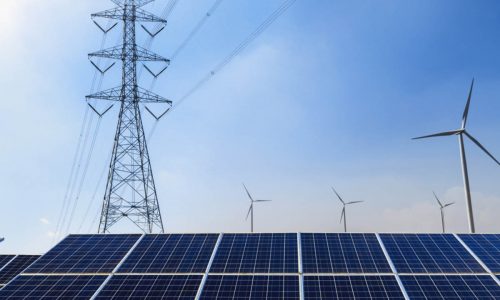Indonesia’s national electricity company PT Perusahaan Listrik Negara (PLN), is seeking to leverage US$ 20 billion (IDR 300.16 trillion) from a climate finance deal to replace diesel-fired power plants with solar power plants.
The project will transform facilities with a total capacity of 1 gigawatt (GW), especially in remote areas with solar panels.
PLN is seeking support from the Just Energy Transition Partnership which was signed in November 2022 at the G-20 Summit to assist Indonesia’s energy transition from fossil fuels.
Evy Haryadi, PLN Director of Transmission and System Planning, in the initial stage, PLN needs around US$ 700 million (Rp 10.5 trillion) to build 200 MW of solar power in 94 locations.
Solar power plant target and net zero emission
The Indonesian government is determined to increase solar power generation by 34% as of 2030 as part of the Net Zero Emissions (NZE) target in 2060 or even sooner, as well as the renewable energy mix target in the Just Energy Transition Partnership (JETP).
Electricity Supply Business Plan (RUPTL) 2021-2030 demonstrates that solar energy will increase by 4.6 GW in 2030 and is expected to become the backbone of Indonesia’s electricity with a target of reaching 461 GW in 2060.
The lower and more competitive prices of Solar Photovoltaic (PV), as well as the development of supporting components such as batteries, open up opportunities for solar energy development.
However, challenges such as lack of space for power generation and intermittent conditions need to be overcome through community participation and the use of technologies such as batteries.
Diesel Investment and conversion strategy
The Institute for Essential Services Reform (IESR) states that PLN requires an investment of around US$ 700 billion to achieve the NZE target by 2060.
Converting diesel power plants to solar power plants is a strategy to increase the energy mix.
Anindita Satria Surya, Vice President of Energy Transition and Climate Change at PLN, emphasized that solar energy can be an important solution, but it is necessary to pay attention to battery infrastructure to overcome intermittent nature.
For example, in Lombok, West Nusa Tenggara (NTB), there are no batteries available to support solar PV. Apart from that, PLN is also exploring the potential of floating solar PV as a wider energy source.









